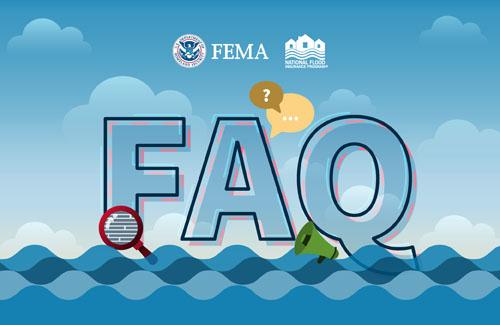Experiencing a flood shocks you, whether it's your home or your community that's affected. It takes the entire community to bounce back, including emergency managers, insurance agents and community leaders, all pulling together to put people's lives back together. Your job as an insurance agent doesn't start when the rain falls, but months before. Helping your clients and your community prepare in advance for flooding with flood insurance is the first step towards a faster and smoother recovery.
Help them to make the right choice about their flood coverage. Below are some popular questions and their responses so you can use to guide your clients and prepare them for whatever nature throws at them.
Why did my flood insurance go up?
- Flood risk is always changing, and to evolve with the times, the NFIP updated its pricing methodology to more accurately reflect individual properties' risks.
- To put the changing flood risk into perspective, between 1980 and 2000, the NFIP only paid out $9.4B in claims. Comparatively, between 2000 and 2020, the NFIP paid out over $62B, a 660% increase.
Which flood zones require flood insurance? Or When is flood insurance mandatory?
- Flood insurance is only mandated for properties with federally backed mortgages in areas deemed to have the highest risk of flooding. If your clients live in any of the following flood zones, they're required to have a flood insurance policy.
- Zones A, AE, AH, AO, AR, A99, V and VE.
- Even if your clients are in a zone where flood insurance is not mandatory, it's still a good idea to encourage them to purchase s policy, remember where it can rain it can flood.
Are flood insurance rates all the same?
- No, not all flood insurance rates are the same. There are two primary types of coverage your clients may get: building coverage and contents coverage. Within building coverage, your clients' policy rates will be determined by things such as their flood risk, their deductible, the location and age of the structure, and the location of contents within the home.
Putting lives back together after a flood isn't easy, but because of the hard work you do, it can be a smooth process. Talk to your clients about their flood risk; encourage them to protect the lives they've built with flood insurance.

